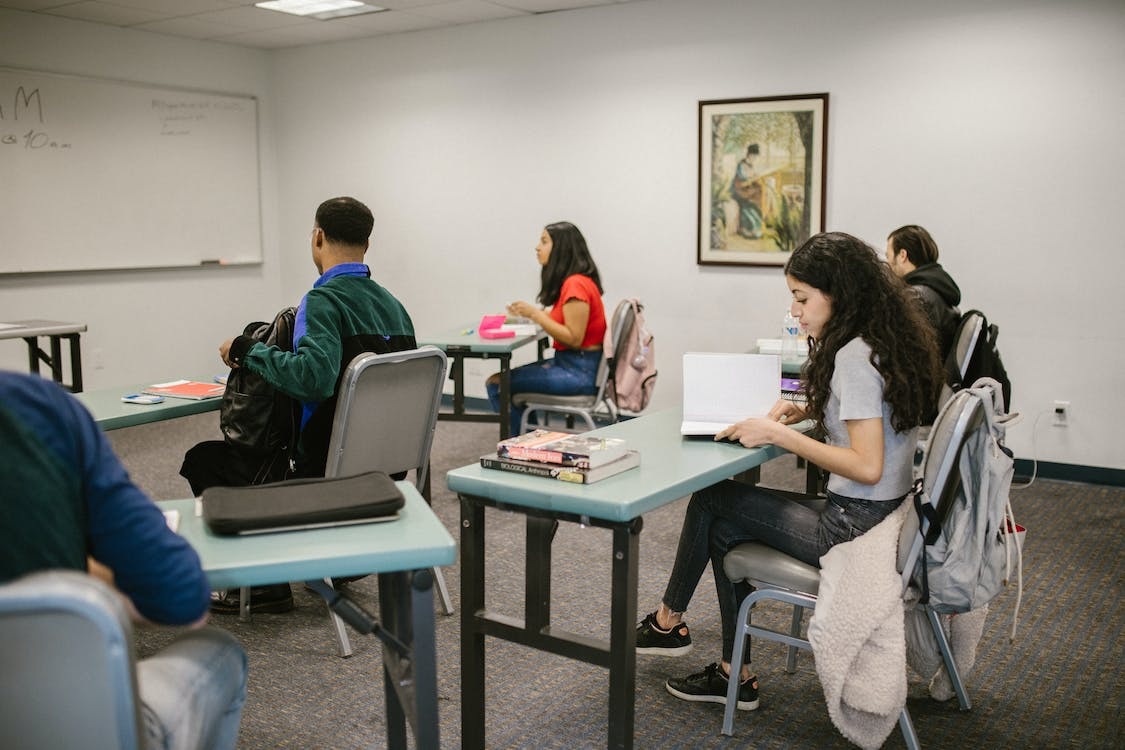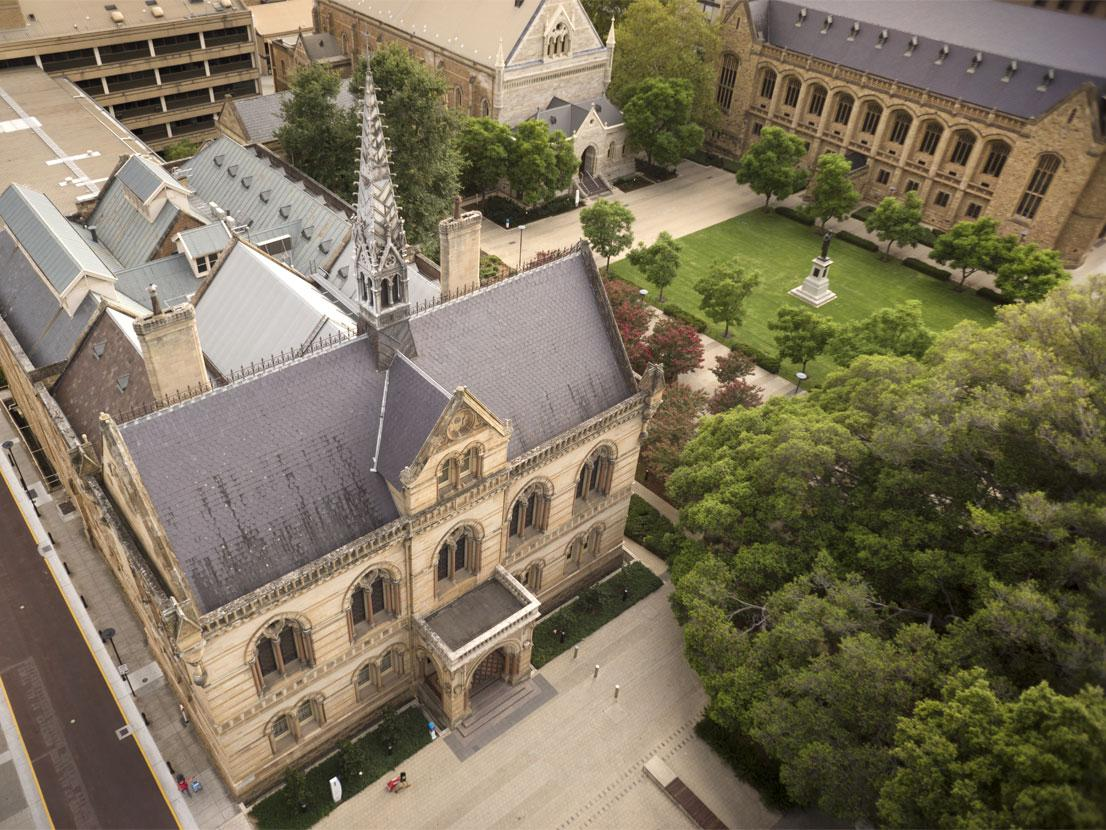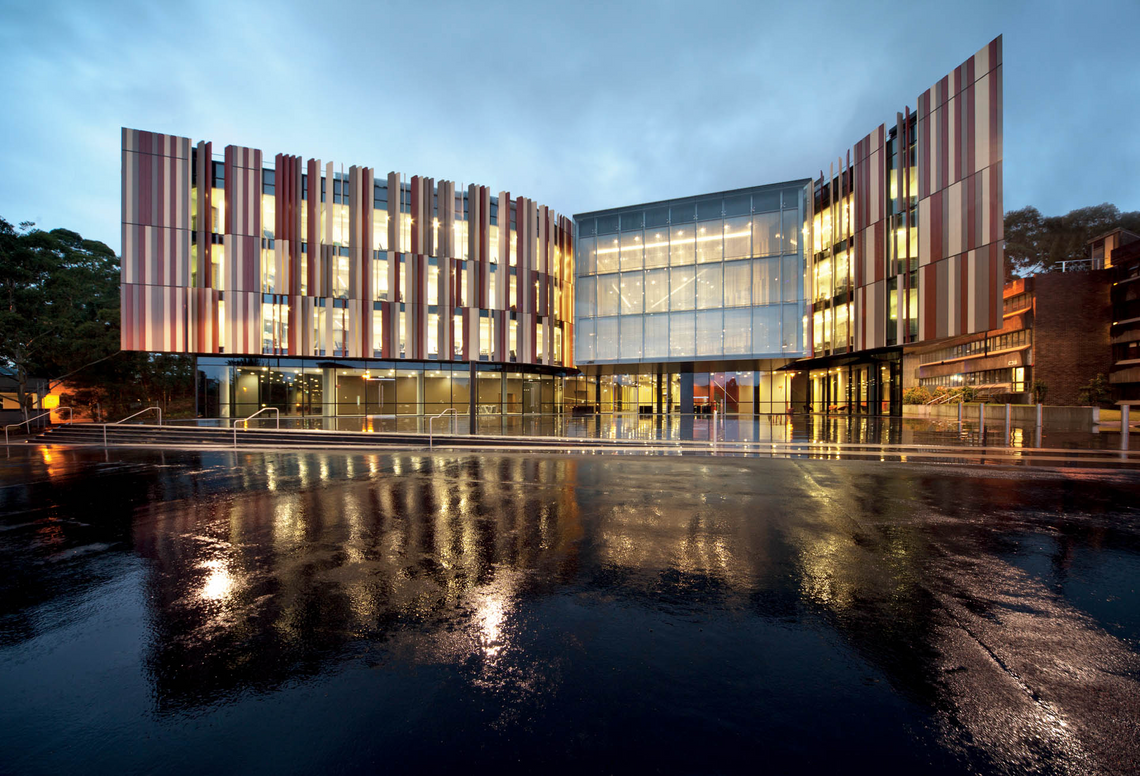Apply to a foreign university with confidence
- Properly fulfilled documents
- Perfect motivation letter
- Support from a personal mentor
- Offers from several universities
Article score: 4.5 out of 5 (2 reviews)
It is well known that Australian universities stand for high-quality education. Learn more about the types of institutions and decide which one to choose.
Free consultation




Universities in Australia rightfully occupy high positions in world rankings and are centers of research and scientific progress. International students come to Australian universities for high-quality education, an international atmosphere, developed infrastructure, and prestigious diplomas. Australia has the third-largest number of leading institutions in the world after the United States and Great Britain. For example, the QS ranking 2024 includes 37 Australian higher education institutions, 9 of which are in the top 100.
Items 1-6 of 298
Advanced search| Program | Age | Duration | Min. cost/year | Avg. cost/year | Min. language proficiency | Exams |
|---|---|---|---|---|---|---|
| Foundation | 16+ | 1-2 years | 13,451 USD | 1,903 USD | A2 | IELTS 5.5 / TOEFL 62 |
| Bachelor's | 17+ | 3-5 years | 17,055 USD | 28,551 USD | B2 | IELTS 6.0 / TOEFL 75 |
| MBA | 20+ | 1-2 years | 20,125 USD/program | 36,799 USD/program | C1 | IELTS 6.5 / TOEFL 86 |
| Master's | 20+ | 1-2 years | 16,166 USD | 31,724 USD | C1 | IELTS 6.5 / TOEFL 79 |
| Doctoral | 20+ | 3-4 years | 17,384 USD | 26,648 USD | C1 | IELTS 6.5 / TOEFL 79 |
The process of admission to a university in Australia is almost the same as in Europe, the USA and the UK. All applications are accepted in digital form. Requirements for applicants:
Australian universities rank fairly high in world ratings. However, when choosing a university, you should not rely solely on the positions in the general ranking, since they only reflect the average indicators for all areas. At the same time, Australian universities that are not included in the top world rankings can have an impeccable international reputation in a particular field.
Accordingly, the more important indicator of success is the position of a particular faculty or a study program. To choose a university, you need to decide on a specialty and, based on this, select a university with the highest achievements in the chosen field. This can be determined by the number of publications of the faculty researchers, competitions and using specialized rankings like QS Subject Rankings or THE Times Subject.
You can find an educational institution and courses in a special search engine.
There are only 43 universities (public, private, and international). In addition to universities, other institutions offer higher education programs. For example, TAFE (Technical and Further Education) colleges teach students a specific profession, their training courses are mainly focused on practice. After college, students can work or go to university to obtain a bachelor's degree. Almost all universities in Australia are public. They are funded, supported, and accredited by the Australian government. Here you can find a list of Australian universities.
When choosing a university, a student must take into account not only the cost of training and the location of the campus, but also the focus of the course of interest: practical or research. A distinctive feature of Australian universities is a high academic level of teaching, where great attention is paid to the practical side of learning.
Australian colleges TAFE offer training in a wide range of specialties. The advantage of colleges is that students can apply for admission after grade 11. The requirements for English proficiency are lower than for admission to universities. After college, graduates can continue their studies at the university or start working. By choosing further education, the student saves a significant amount of time and money, since after studying in college, you can transfer directly to the second year of the partner university.
The vast majority of universities in Australia are public. There are also 3 private universities in the country:
Australian universities adopted the British system, so education here is relatively complex and focused on research that starts early, practically from the 1st year. The process of admission to public and private universities is approximately the same, but the requirements and criteria depend on the specific university and program.
Most private educational institutions have small campuses, unlike public universities. This allows students to receive more personalized attention from staff and professors. Private universities also tend to offer a narrower range of subjects and are more focused on teaching than research.
Public universities receive most of the funding from the government, while private education providers mainly work based on tuition fees from students, while additionally receiving financial assistance for grants from the authorities.
In Australia, universities are self-accrediting institutions. They have their own laws and receive funding from the Australian government. Local universities enjoy a high level of autonomy within the requirements related to government funding. Most universities are created or recognized in accordance with state and territory laws.
Universities Australia (UA) is the voice of Australian universities. The organization is the highest authority in the sector and advocates for the social, economic, and cultural value of higher education and research for Australia and the world. On behalf of 39 member universities, UA provides expert policy advice, analysis and statistics on higher education. The organization develops policies, represents Australian universities in government and industry, and collaborates with universities in other countries.
Group of Eight (Go8) — Association of 8 leading research-intensive Australian universities. Go8 universities are some of the largest and oldest in Australia:
Items 1-6 of 8
Advanced searchGo8 focuses on developing long-term sustainable national higher education and research policies as well as developing elite international alliances and research partnerships. Go8 makes a significant contribution to the Australian economy: London Economics 2018 report found that the revenue from G8 adds about 66.4 billion USD a year to the country's treasury. And Go8 research brings in 24.5 billion USD annually.
Australian Technology Network of Universities (ATN) unites 4 universities of technology in Australia: University of Technology Sydney, Royal Institute of Technology Melbourne, University of South Australia and Curtin University. ATN is recognized as a global leader in a new generation of universities focused on industry collaboration and effective research, as well as graduating ready-to-work specialists.
Innovative Research Universities (IRU) is a network of 7 Australian universities. Its main purpose is to promote higher education and research. In addition, the IRU is committed to strengthening Australia's integration with Asian countries.
Regional Universities Network (RUN) unites 7 universities, mainly from regional Australia, as well as the Australian major cities and some international universities. The network provides government policy advice on higher education and regional development, strengthens institutional capacity and resilience through the sharing of best practices, taking into account regional conditions.
Open Universities Australia (OUA) online organization of higher education, based in Australia. The ownership of the organization is split beyond 7 Australian universities. The OUA is governed by a board of directors made up of candidates from the universities to which the organization belongs. The platform offers students hundreds of online courses from leading Australian universities.
Australian-European Network (AEN) consists of 6 Australian universities and 31 European universities that collaborate on student exchange programs.
There are no free universities in Australia. Moreover, they are all not only paid, but some of the most expensive in the world. However, wealthy universities and the Australian government provide generous grants and scholarships to both local and international students. Almost all of them are based on the student's academic performance and abilities. To receive financial aid, the applicant needs to carefully study the websites of universities in the sections Scholarships / Financial aid and the website of the Australian Department of Education.



60+ countries
we work with
$1,000,000 saved
by students through scholarships
6,400 offers
our students got